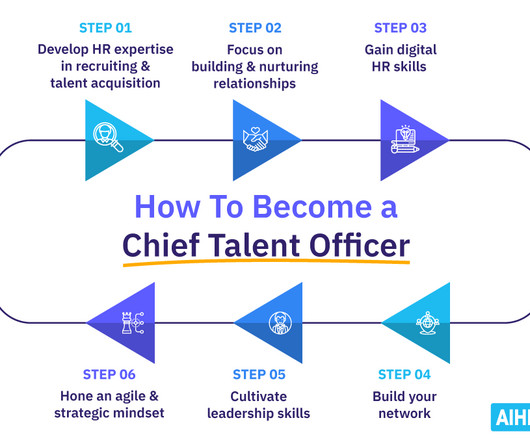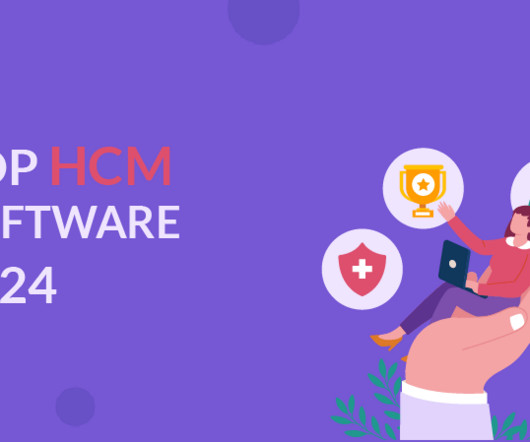Technology in HR management: Transforming HR operations
MiHCM
JUNE 24, 2025
Integrated HR systems move beyond administrative tools to strategic partners, delivering insights that inform hiring, development, and retention. Smart scheduling tools balance workforce availability and labour laws. Real-time dashboards deliver insights on demographics, turnover, and performance, empowering data-driven decisions.






















Let's personalize your content